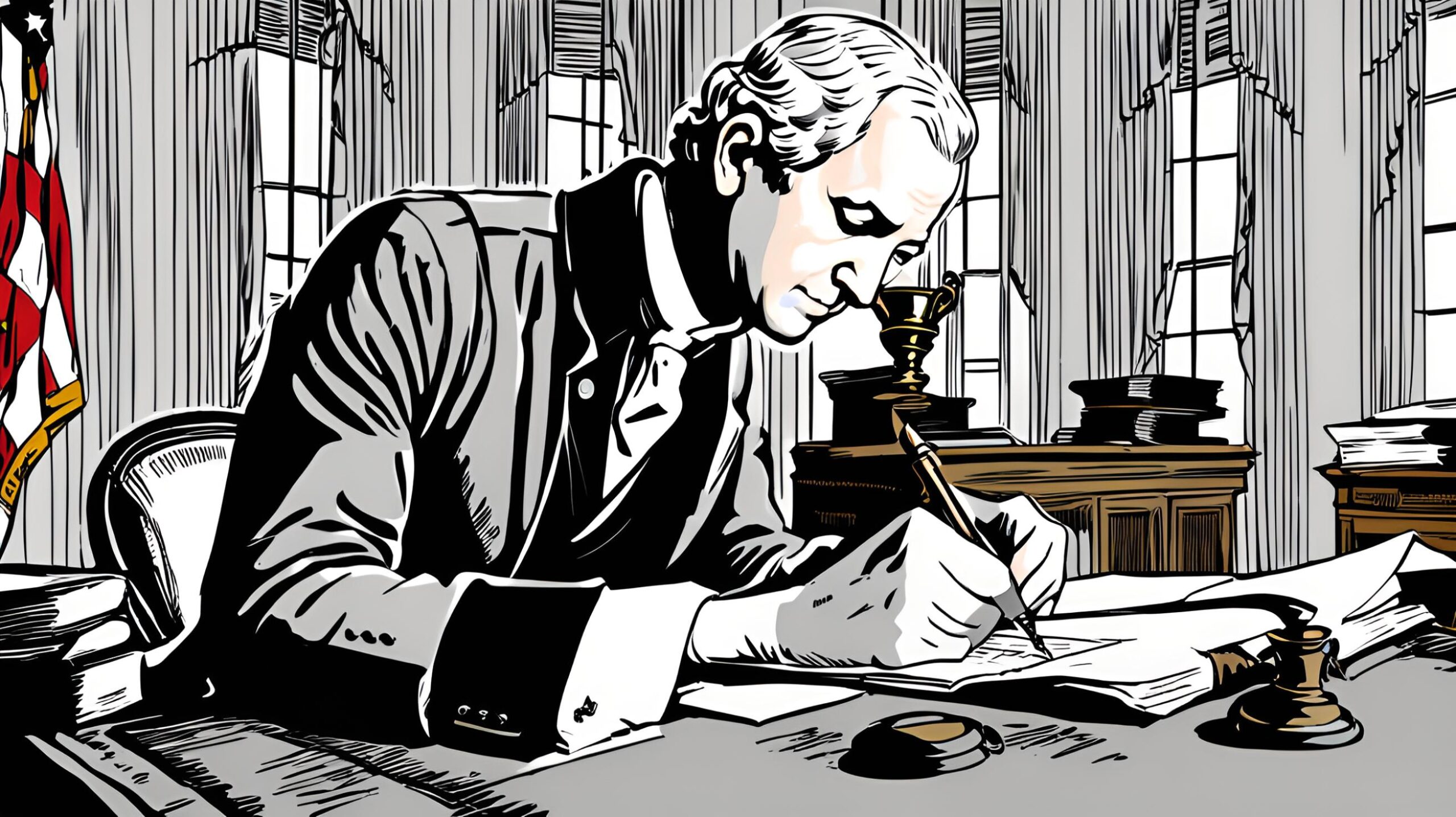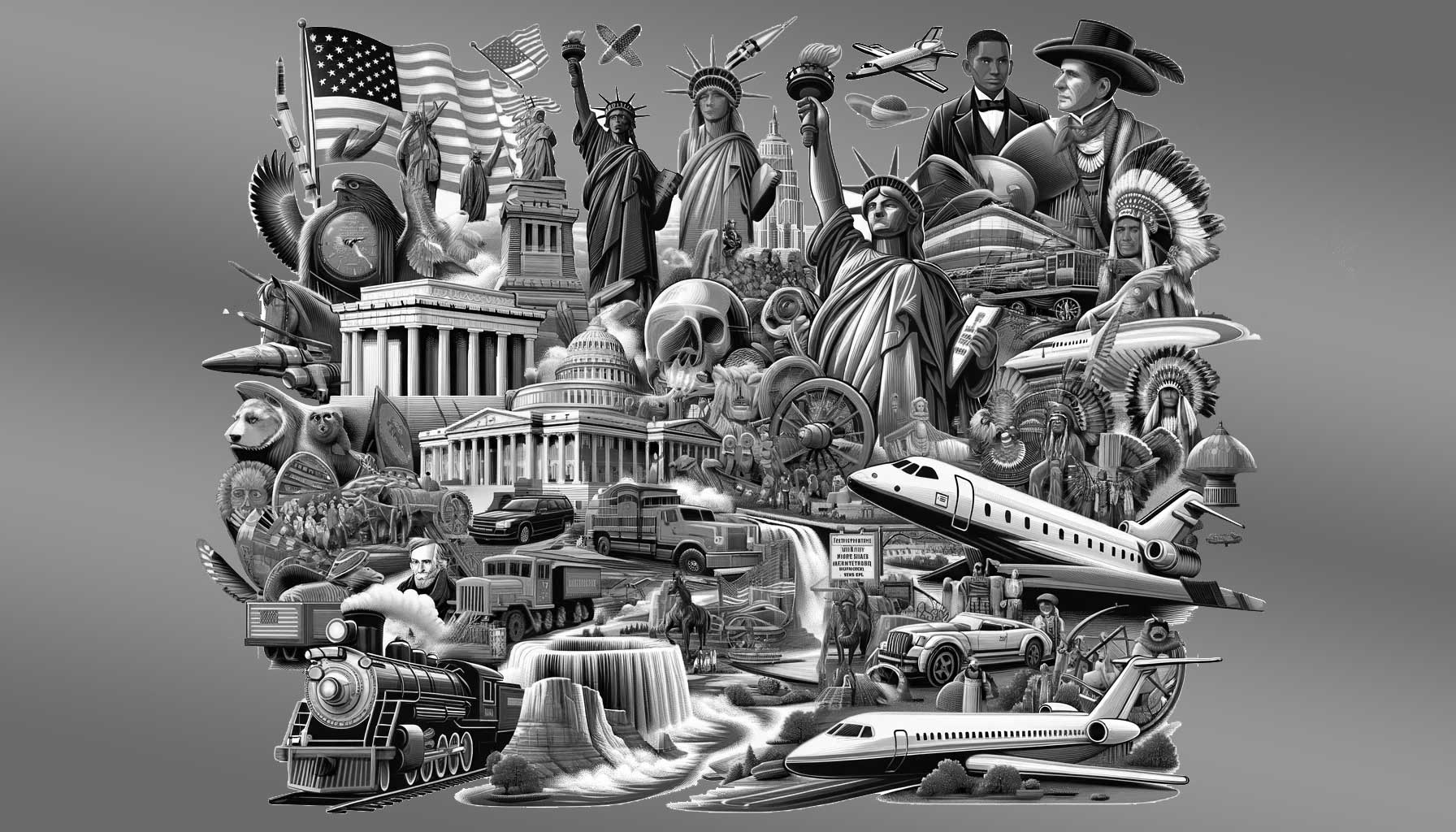Flashback to July 4
American History

Many factors contribute to the shaping of a nation, but few are as pivotal as the financial instruments that enable its existence. One such critical moment in the history of the United States occurred on September 13, 1789. This date marked the very first loan issued to the US Government—sourced from New York City banks. This instance was not just a financial transaction, but a defining moment that cemented the importance of finance and banking in the growth and stability of the United States.
During the late 18th century, the nascent United States was struggling with substantial debt, part of which accrued from the Revolutionary War. The question of how to manage this debt was one of the central issues facing the new nation. The nation’s first Secretary of the Treasury, Alexander Hamilton, played a pivotal role in its resolution, leading to the decision to take out the first loan from New York City banks.
The choice of New York City banks was strategic, and the loan set in motion a financial relationship that has underpinned the United States economy ever since. As the home of Wall Street, the city was (and still is) a leading global finance hub. It has been an active player in key financial decisions affecting the country’s trajectory, making it a significant decision-maker in both domestic and international finance.
Back to the event of September 13, 1789, the loan served as a lifeline for the heavily indebted US government. The purpose of the loan wasn’t simply to solve a debt crisis, though. It was also meant to establish a financial tradition. By borrowing from domestic banks, the US government was able to not only fund public expenditures but also instill confidence in other potential lenders and investors.
The strategy worked. The first loan was a definitive step towards creating a resilient financial structure to support the growing nation. Over the years, banks continued to play a crucial part in offering lines of credit to the US government, enabling it to fund various tasks and obligations, from infrastructure development to war efforts.
The first loan transaction also had profound implications on the United States’ credit status. It facilitated the creation of a public credit system, attracting domestic and foreign investment. Understandably, Hamilton noted that “a national debt, if it is not excessive, will be to us a national blessing.”
Looking from the lens of modern financial practices, the first loan to the US government is also an important case study in risk management. The New York City banks took a significant financial risk by investing in a post-war nation — a decision that required due diligence, trust in leadership, and belief in the potential of the United States as an emerging economy. This risk-taking culture in the financial space continues today, with banks and financial institutions investing in ventures and possibilities where others might hesitate.
Reflecting further on the significance, the narrative of the first loan underscores the potent influence of financial institutions in shaping a nation’s future. Today, the banking sector’s role in the economy is undeniable, with banks not just aiding in monetary transactions but shaping national policies, building industries, and influencing community growth.
We strive for accuracy. If you see something that doesn't look right, click here to contact us!
Sponsored Content

Due to the post-Independence…
Celebrate the historic debut…

Groundbreaking takes place for…
On July 4, 2004,…

Construction on Erie Canal…
Construction on the Erie…

City of Providence, Rhode…
Discover the rich history…

President Abraham Lincoln asks…
On 7/4/1861, President Abraham…

A Borrelly discovers asteroid…
On July 4, 1893,…

